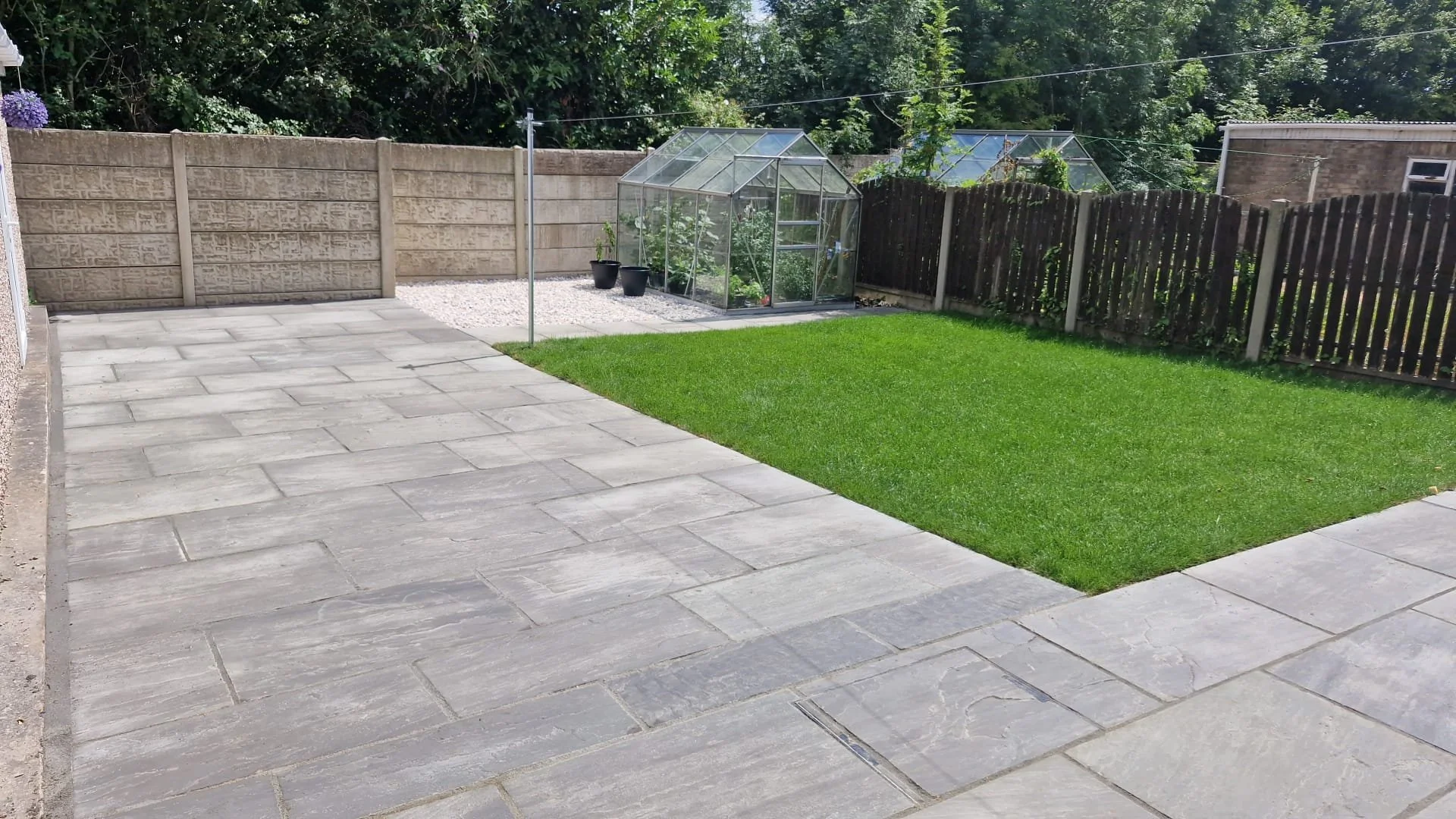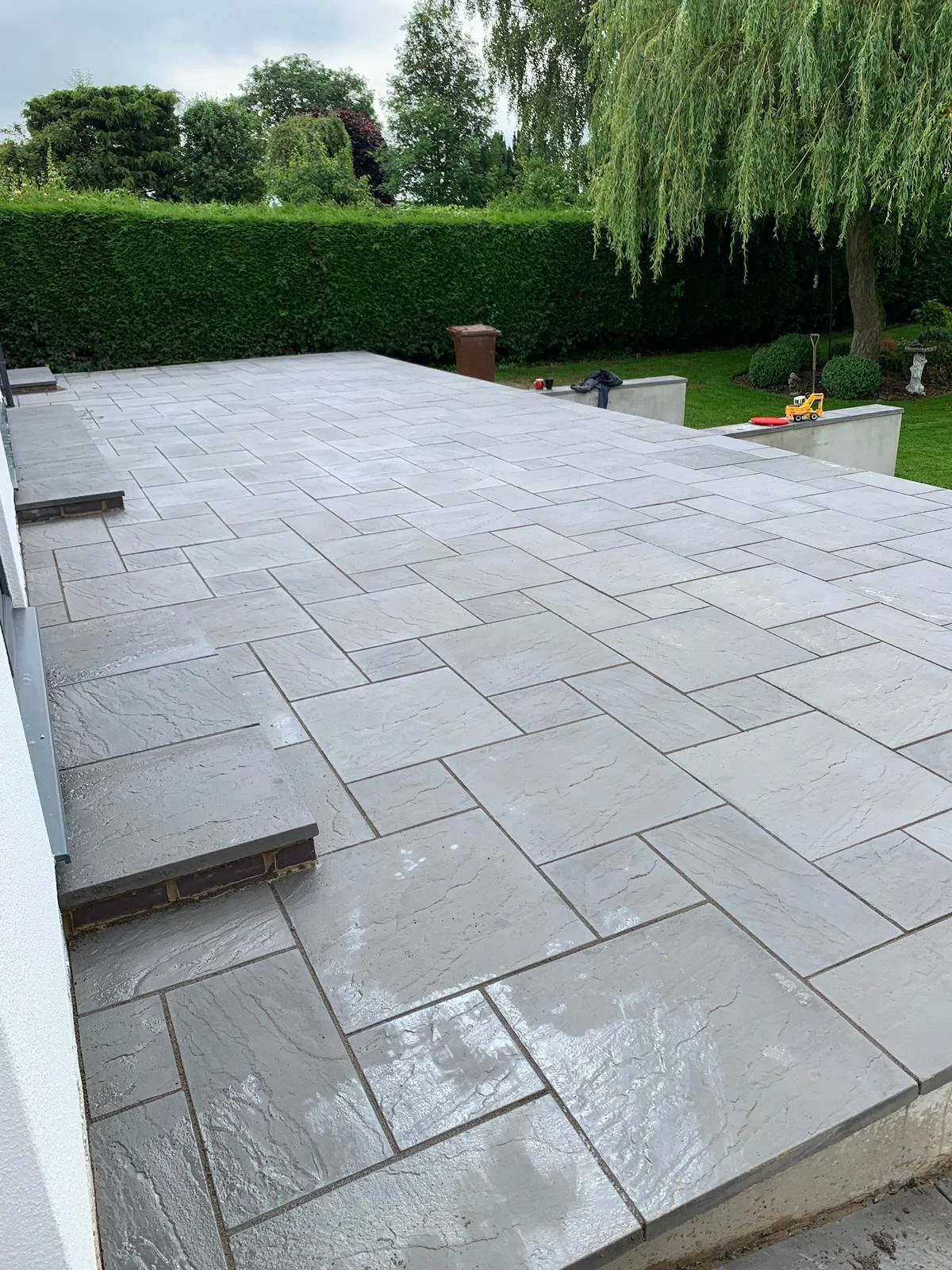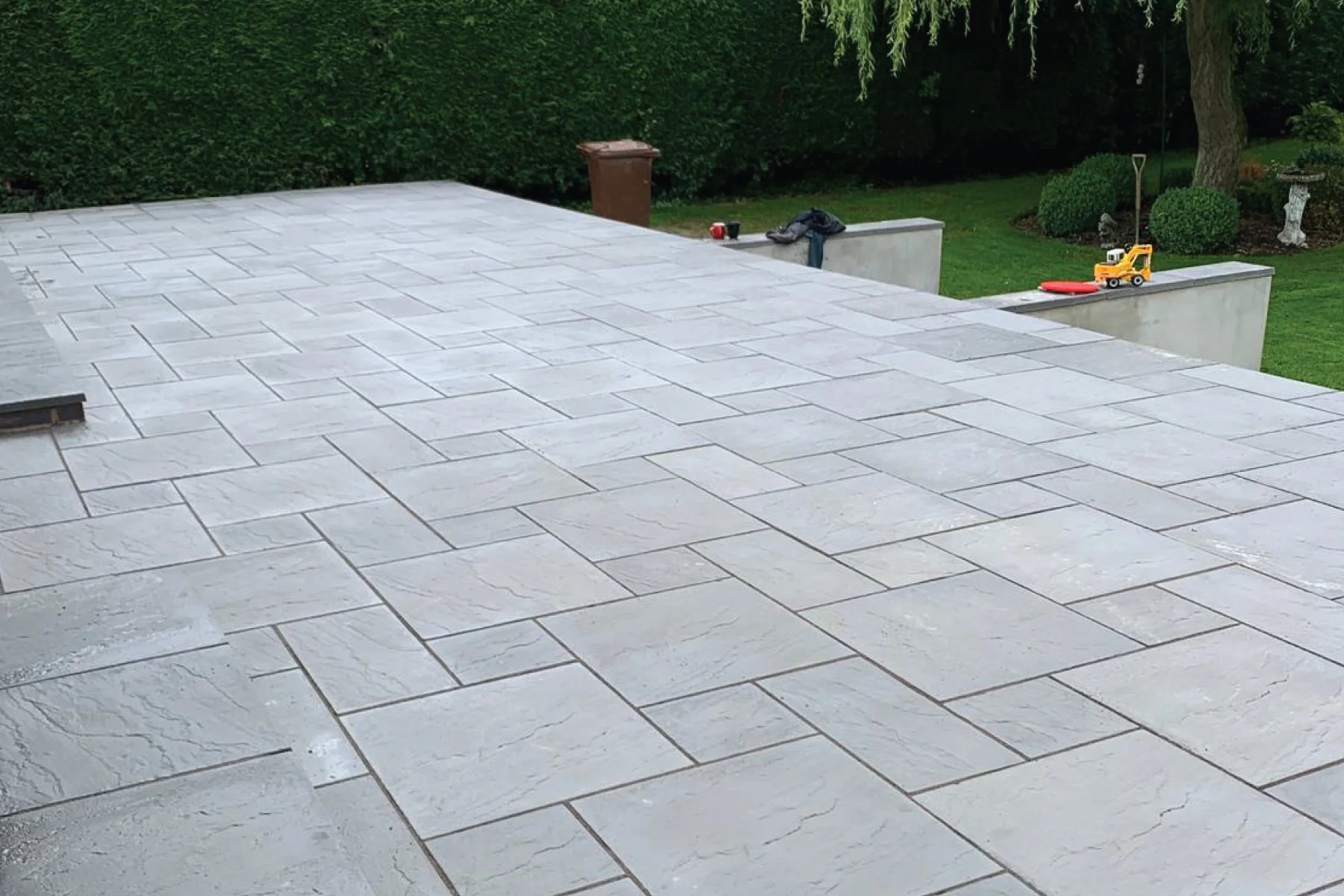
Block Paving
Benefits of Block Paved Driveway
A block paved driveway is more than just a practical surface – it's a long-lasting investment that enhances the look and value of your home. Here's why block paving is one of the most popular choices for homeowners
Durable & Built to Last
Block paving is designed to handle the weight of cars, vans, and even heavier vehicles. When installed correctly, it offers outstanding durability and can last for decades with minimal maintenance.
Easy to Repair
One of the biggest advantages of block paving is how easy it is to fix. If a block becomes damaged or stained, it can simply be lifted and replaced – no need to redo the entire driveway.
Improved Drainage
Many block paving systems are permeable, allowing water to drain naturally between the blocks. This helps reduce surface water, prevents puddling, and supports better drainage on your property.
Stylish & Customisable
Block paving is available in a wide range of colours, patterns, and finishes – giving you the flexibility to design a driveway that complements your home. Whether you prefer a traditional or modern look, the design possibilities are endless.
Adds Value to Your Property
A well-designed block paved driveway boosts kerb appeal and can increase the overall value of your home – making it a smart investment for the future.
Thinking about upgrading your driveway?
Block paving offers the perfect balance of strength, style, and longevity. Get in touch with us today for a free quote or to explore design options tailored to your home.
Request a FREE quote










Block Paving
Block paving, also known as brick paving, is a commonly used decorative method of creating a pavement or hardstanding.
The main benefit of bricks over other materials is that individual bricks can later be lifted up and replaced. This allows for remedial work to be carried out under the surface of the paving without leaving a lasting mark once the paving bricks have been replaced.
Typical areas of use would be for driveways, pavement, patios, town centres, pedestrian precincts and more commonly in road surfacing. Bricks are typically made of concrete or clay, though other composite materials are also used. Each has its own means of construction.
The biggest difference is the way they set hard ready for use. A clay brick has to be fired in a kiln to bake the brick hard. A concrete brick has to be allowed to set. The concrete paving bricks are a porous form of brick formed by mixing small stone hardcore, dyes, cement and sand and other materials in various amounts.
Many block paving manufacturing methods are now allowing the use of recycled materials in the construction of the paving bricks such as crushed glass and crushed old building rubble.
Common Block Paving Patterns
There are many different laying patterns that can be achieved using block paving. The most common of these is the herringbone pattern. This pattern is the strongest of the block paving bonds as it offers the most interlock, therefore making it a good choice for driveways and road surfacing. A herringbone pattern can be created by setting the blocks at either 45 degrees or 90 degrees to the perpendicular. Other popular types of pattern include stretcher bond and basketweave; with the latter being better suited to paved areas that will only receive light foot traffic, due to its weaker bond.
A commonly used base is 'cracker dust' or commonly known as crushed bluemetal. The advantage of using this in residential living is that it compacts a lot harder than yellow brickie’s sand which prevents weeds and ants from coming through.
